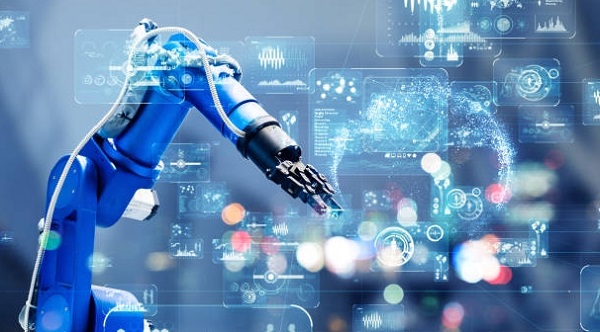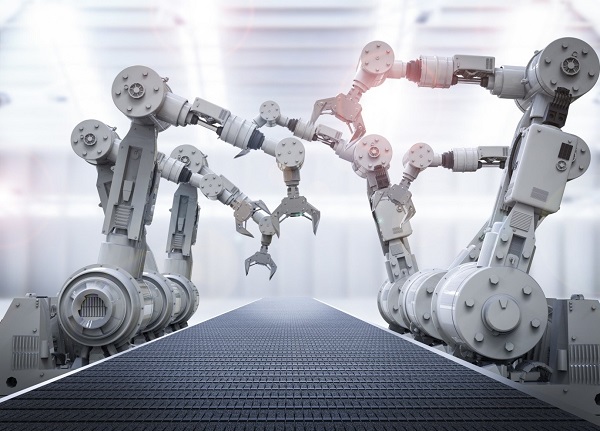Does the idea of a medical procedure make you nervous? Do you decide against some surgeries because the risks seem too great?
While all medical procedures should have some trepidation, robotic surgery offers many benefits that can ease your mind.
One of the most advanced types of surgery, a robotic system and surgeon’s expertise reduce the potential for complications and long-term effects from the procedure.
To find out more about how robotic surgery arms work, continue reading below.
System Components
Robotic surgery arms that save lives are becoming increasingly popular. These revolutionary systems are composed of several components working together to ensure a successful outcome.
Surgeon’s Console
This is where the surgeon sits and controls the robotic system. It features hand and foot controls, as well as a 3D high-definition display that provides a magnified view of the surgical site.
Robot Arms
These are the mechanical arms that perform the actual robot-assisted surgery. They hold and manipulate the surgical instruments with incredible precision. Robotic systems can have multiple arms to accommodate various tools and instruments.
Patient Cart
This is the part of the system that is positioned near the patient. It includes robotic arms and instruments that are inserted into the patient’s body through small incisions.
Vision System
High-definition cameras provide a 3D view of the surgical site. This view is transmitted to the surgeon’s console for a detailed, magnified view.
Surgical Instruments

Specialized instruments, such as scissors, scalpels, and graspers, are attached to the robotic arms. These instruments can be rotated and manipulated with high precision.
Teleoperation
The surgeon sits at the console, wearing specialized 3D glasses and gloves. These gloves are equipped with sensors that track the surgeon’s hand movements. The surgeon’s movements are then translated into precise commands for the robotic arms.
The surgeon uses the hand and foot controls to manipulate the robotic arms and instruments. The robotic arms mimic the surgeon’s movements but with greater stability and reduced tremors. This precision allows for delicate procedures in tight spaces.
Enhanced Vision
The robotic system provides a 3D, high-definition view of the surgical site. The surgeon can:
- zoom in
- adjust the view
- see details
This is especially true for details not visible to the naked eye. This enhanced vision aids in precise tissue manipulation. It allows for a more delicate and precise procedure compared to manual surgery. Furthermore, robotic surgery arms have further potential to minimize potential risks such as:
- spreading of infection
- surgical complications
- trauma
The arms also allow for precise control of the intensity and duration of surgical procedures, protecting the patient undergoing Orthopedic Surgery. In this way, they are likely to improve post-operation results and reduce hospital stays.
Software and Safety Features
These robotic arms feature advanced software systems and components that are specifically designed for safe and accurate operations. The software and safety features of the arms independently monitor each wrist and torso joint movement.
Each arm has sensors that measure the force being applied. It then prevents sudden uncontrolled movements. Furthermore, advanced programming technology allows surgeons to safely and properly operate the arms from a remote location.
Understand How Robotic Surgery Arms Work
Robotic surgery arms clearly have the potential to revolutionize medical care. If you notice, this article talks more about the robot’s arms’ precision performance – and that is how it makes any complex procedure a successful one.
Take the steps to learn more about the possibilities of robotic surgeries. Discover for yourself how these amazing mechanical arms are saving lives every day.




